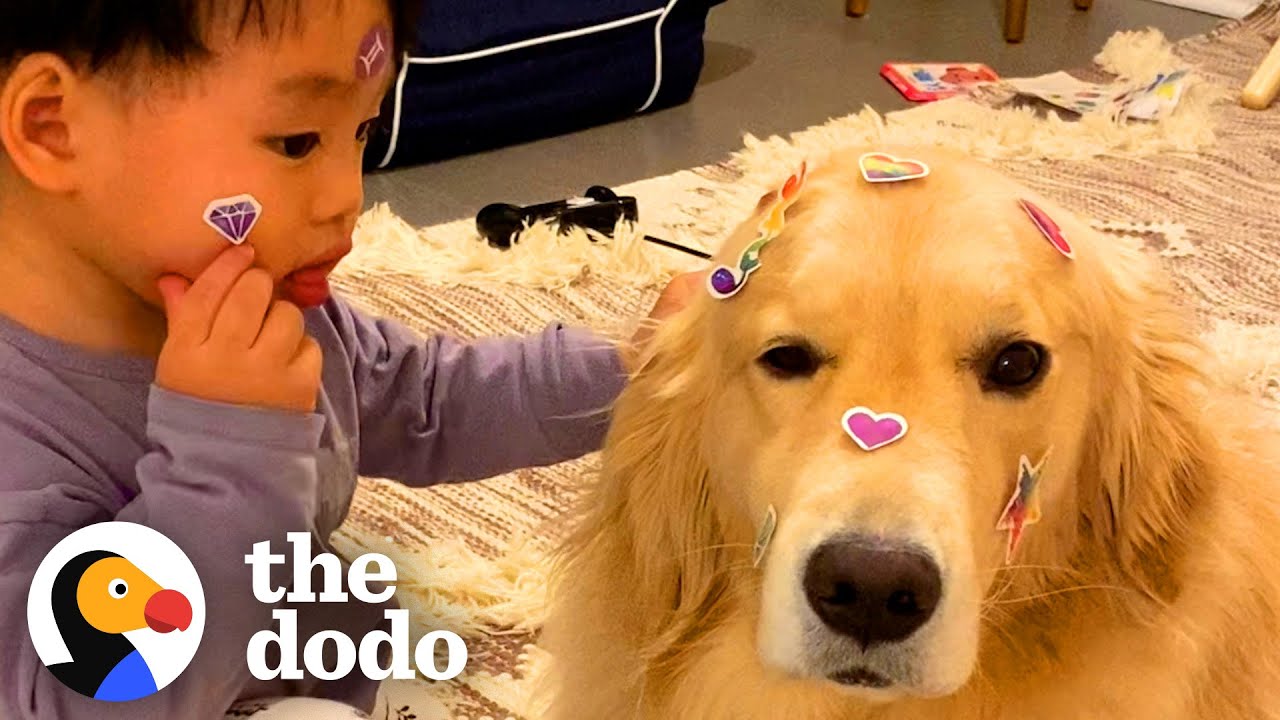Golden Empowerment: Unleashing the Potential of Model-Rival training in Retriever Breeds
Introduction
Training dogs has changed a lot over time. There are different ways to train different breeds of dogs. One way that is becoming popular for retriever breeds, like Golden Retrievers, is called model-rival training. This method uses a skilled dog as a teacher to help other dogs learn. In this blog, we will learn about model-rival training, why it is good for Golden Retrievers, and how it helps them reach their full potential.
The Theory Behind Model-Rival Training
Model-rival training is based on the idea of social learning. Dogs watch and copy the behavior of other dogs, especially ones they think are higher in rank. Researchers have found that dogs are social animals and can learn a lot from each other just by watching. Model-rival training uses this natural way of learning to help dogs do better in training and behave better.
The Advantages of Model-Rival Training for Golden Retrievers
Golden Retrievers are smart and easy to train. They are good at things like following commands and fetching, which makes them perfect for model-rival training. Here are some reasons why model-rival training is good for Golden Retrievers:
1. They Learn to Be Social
Golden Retrievers are naturally friendly and like being around other dogs. In model-rival training, they get to meet and learn from other well-trained dogs. This helps them get better at being around other dogs and makes them behave better in different situations.
2. They Get Motivated
Golden Retrievers love being rewarded and praised. In model-rival training, they see other dogs getting rewards for doing well. This makes them want to do well too and keeps them motivated to do their best.
3. They Learn Faster
By watching other dogs in model-rival training, Golden Retrievers can quickly learn new commands and behaviors. This helps them learn things faster, which saves time in training.
4. They Get Better at Fetching
Golden Retrievers are good at fetching things because it’s in their nature. Model-rival training helps them get even better at this, which is helpful for things like hunting or rescue work.
Implementing Model-Rival Training with Golden Retrievers
To do model-rival training with Golden Retrievers, there are a few important steps to follow:
1. Choose a Well-Trained Dog as a Model
Pick a dog that is well-trained and knows how to do the things you want your Golden Retriever to learn.
2. Have Training Sessions with the Model Dog
Arrange training sessions where your Golden Retriever can watch and interact with the model dog. Start with easy tasks and make sure to create a positive and rewarding environment.
3. Reward Good Behavior
Give your Golden Retriever treats and praise when they copy the good behaviors they see from the model dog. This helps them learn and encourages them to keep doing the right things.
4. Gradually Do Independent Training
As your Golden Retriever gets better at the behaviors you want them to learn, start doing training sessions without the model dog. Still, sometimes show them the model dog’s behaviors to reinforce what they’ve learned.
Frequently Asked Questions
1. Can other dog breeds be trained with model-rival training?
Yes, model-rival training can work for many different breeds. But it’s important to consider each breed’s unique qualities when using this training method.
2. Do you need a professional trainer for model-rival training?
Having a professional trainer can be helpful, but it’s not necessary. With guidance, dog owners can do model-rival training at home or in a class.
3. How long does it take to see results with model-rival training?
The time it takes to see results can vary depending on the dog and how consistent the training is. It usually takes a few weeks to a few months to see big improvements in behavior and skills.
4. Can model-rival training fix behavior problems?
Model-rival training is mainly for teaching skills and obedience. It can indirectly help with some behavior problems by improving socialization and training, but more complex behavior problems might need other techniques.
References
– Horowitz, A. (2009). Attention to attention in domestic dog (Canis familiaris) dyadic play. Animal Cognition, 12(1), 107-118.
– Miklósi, Á. (2007). Dog behaviour, evolution, and cognition. Oxford University Press.
– Scott, J. P., & Fuller, J. L. (2012). Genetics and the social behavior of the dog. University of Chicago Press.
















